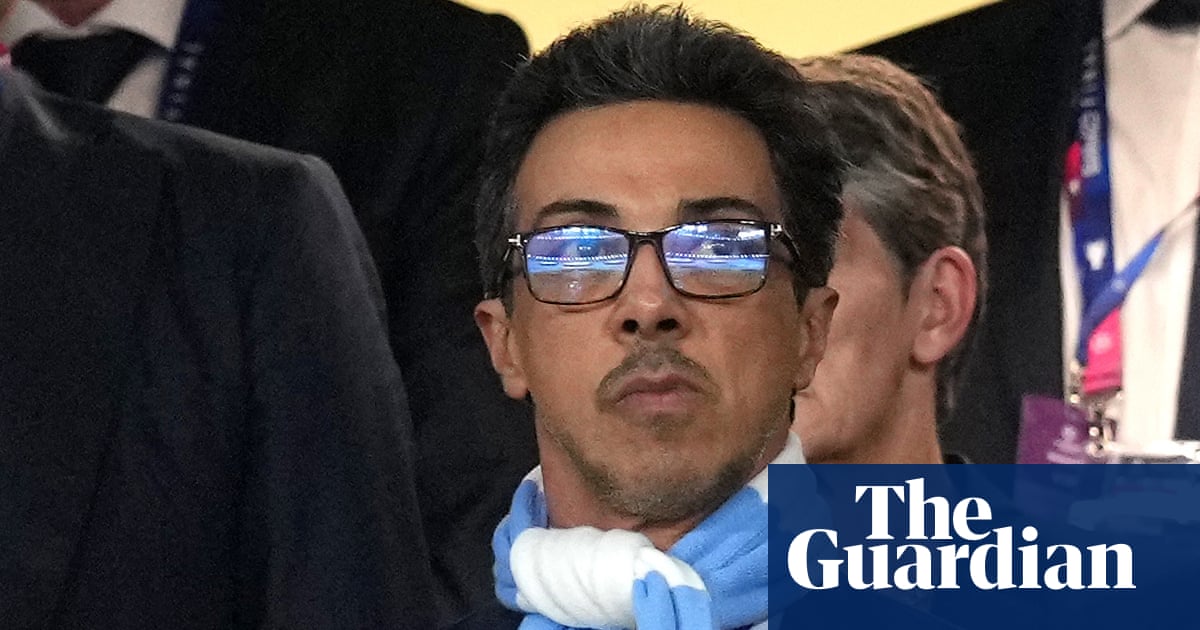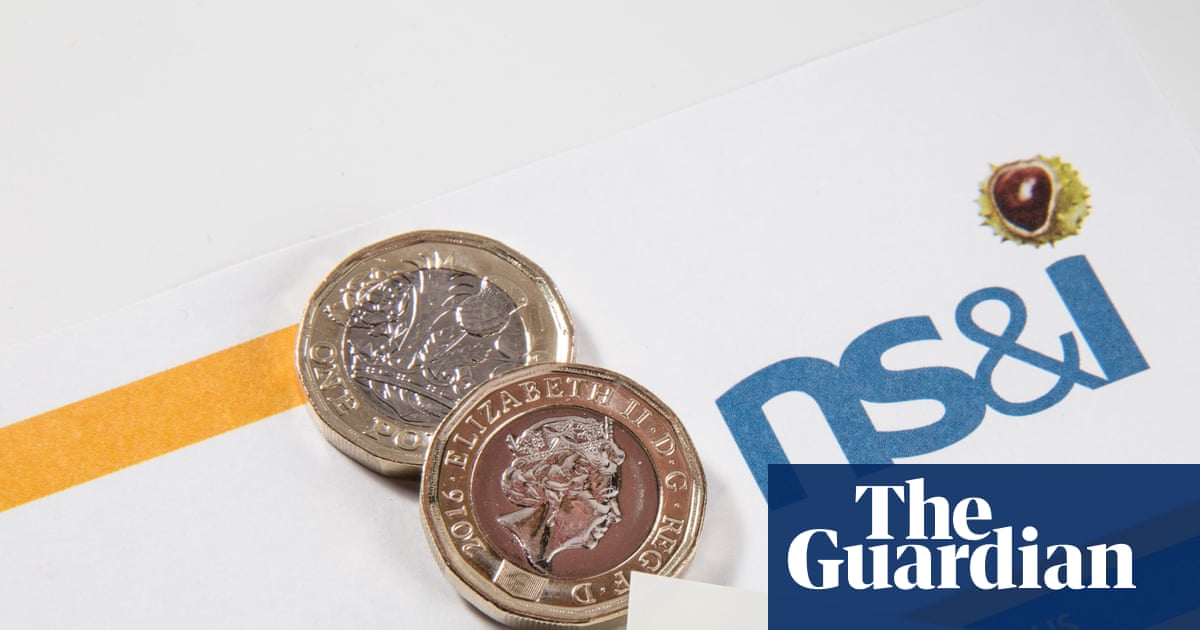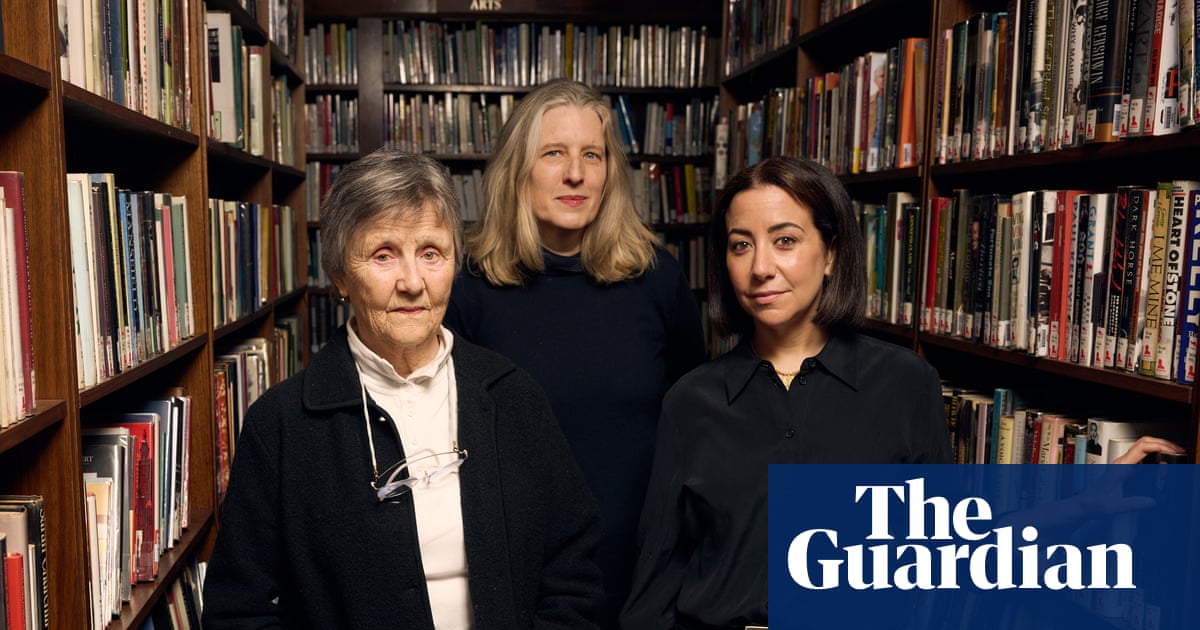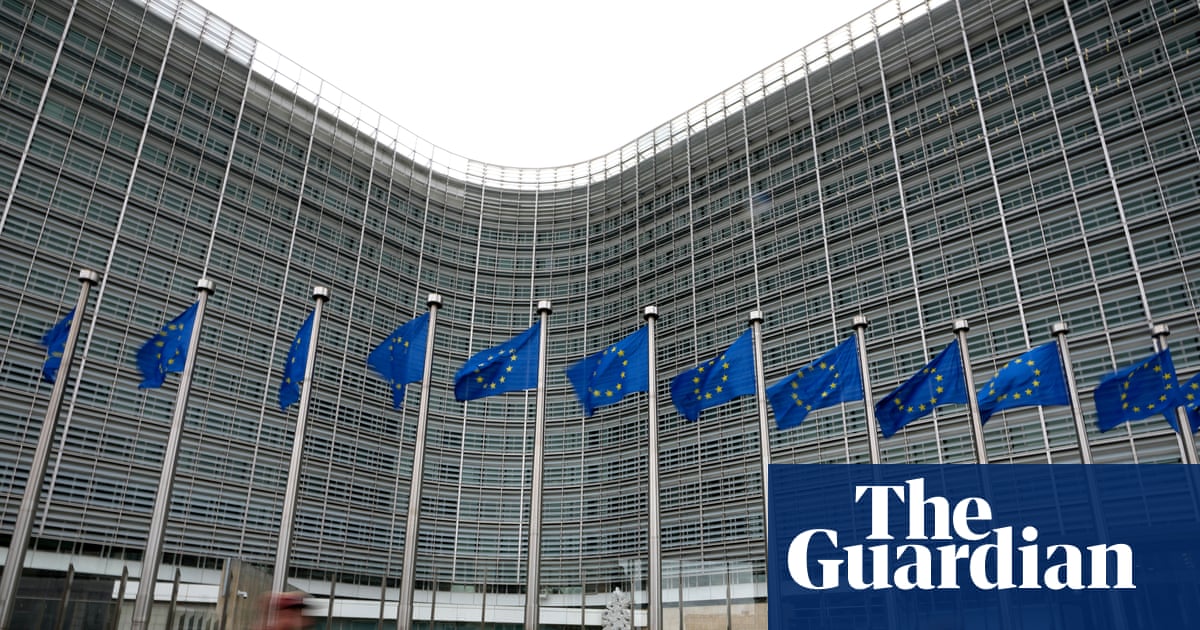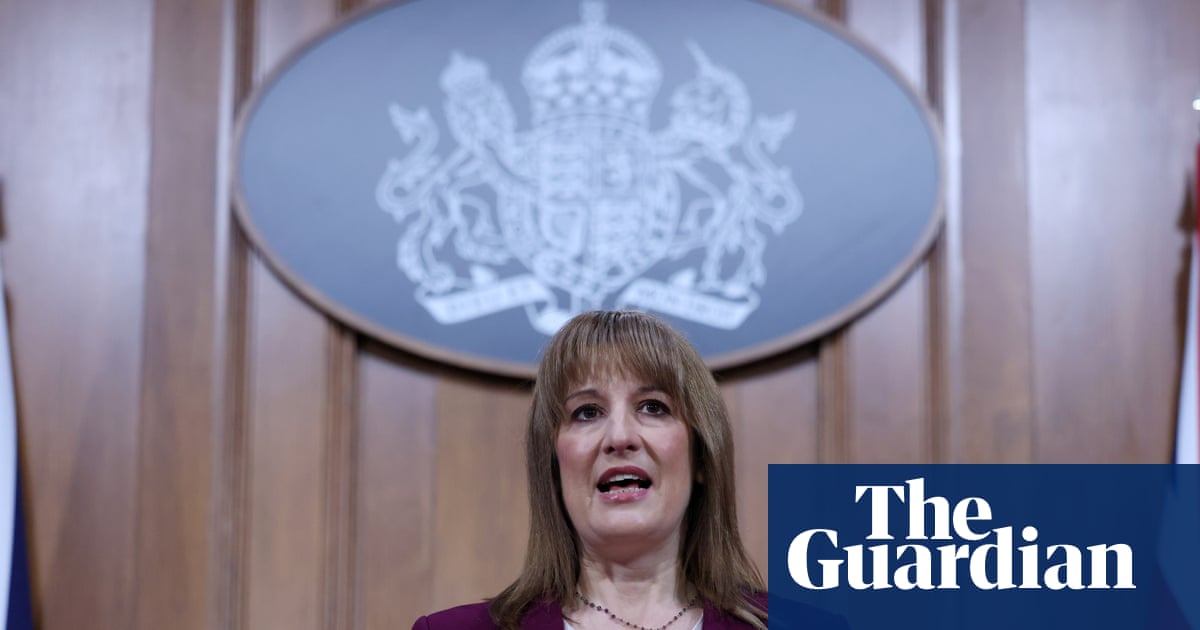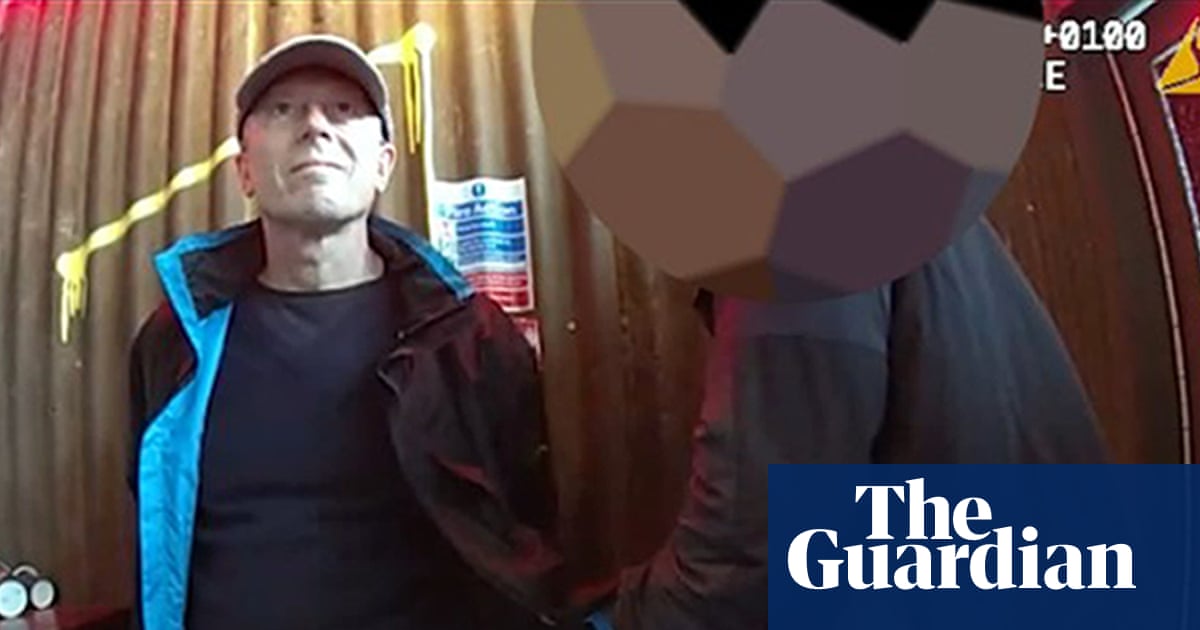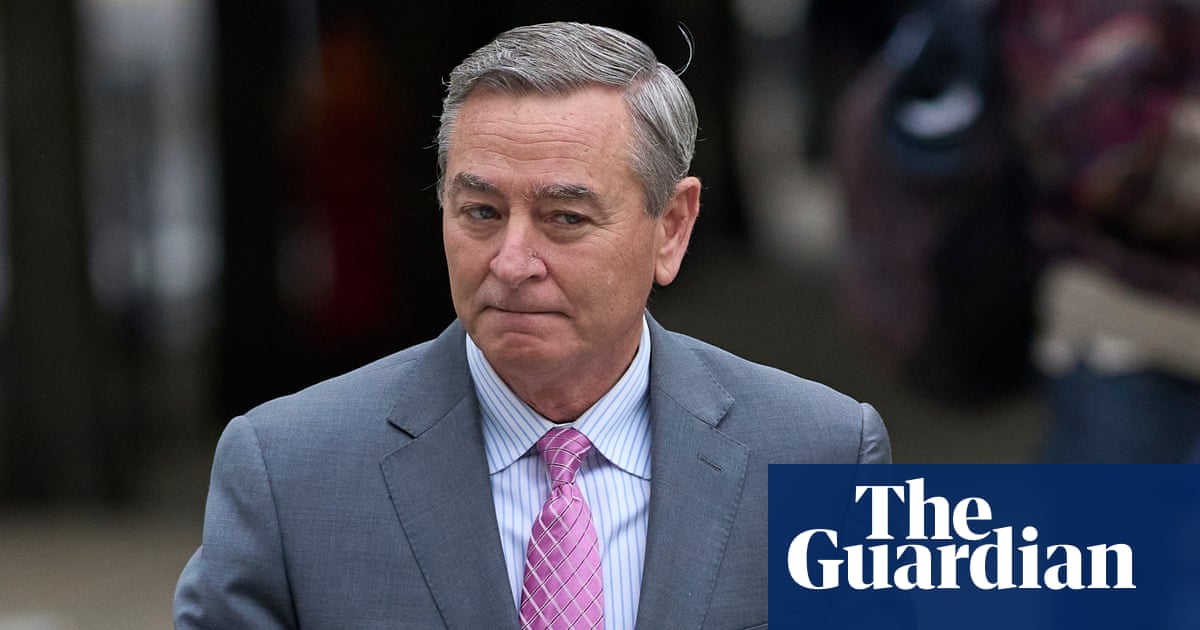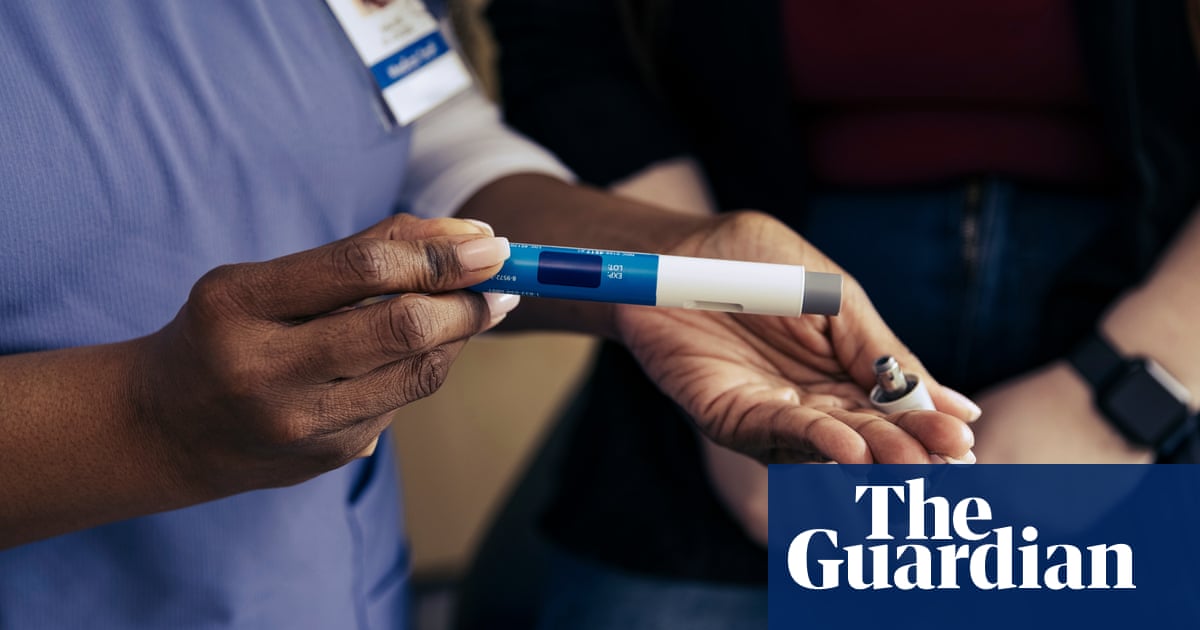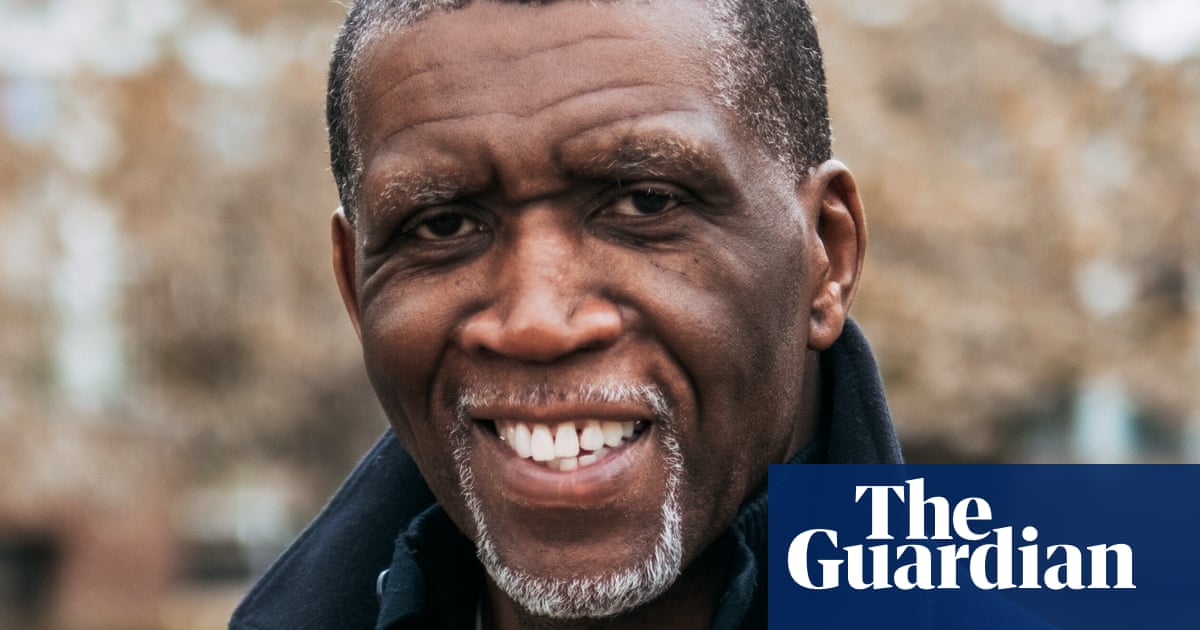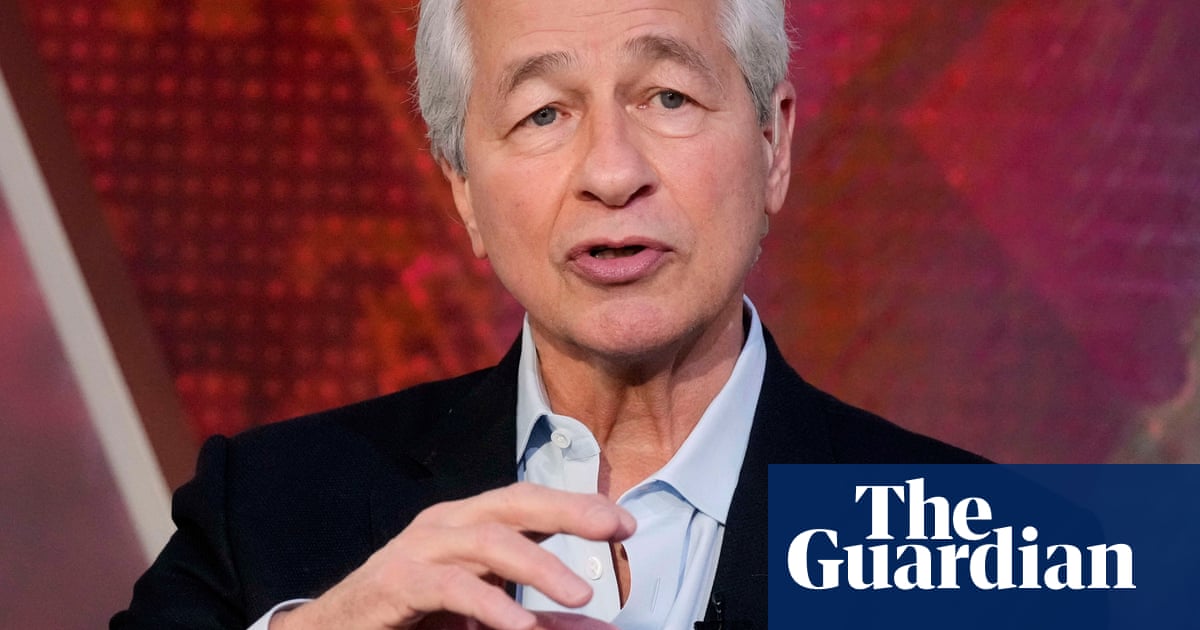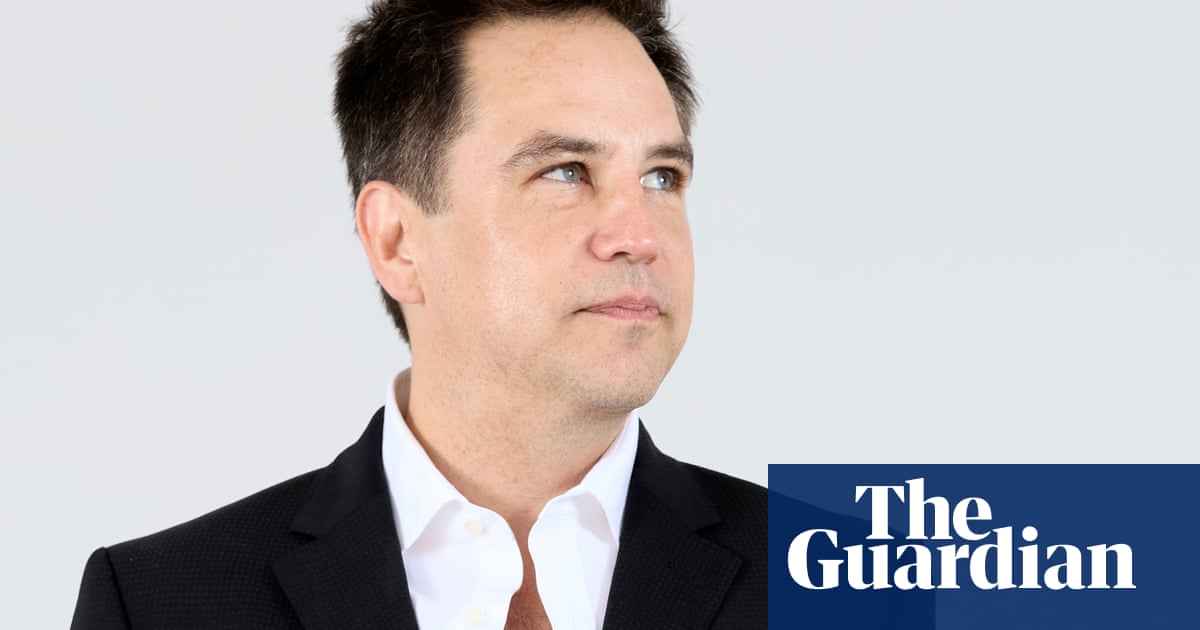For months, Brig Gen Rafael Olaya Quintero, commander of the Orinoco naval force, has been chasing tin and coltan traffickers across the waterways at Colombia’s border with Venezuela.
His mission has become more urgent since the global shift towards clean energy has generated an unprecedented rush for rare earth elements and critical minerals. These materials are vital components in electric vehicle batteries, wind turbines, fighter jets and guided missiles, with demand also driven by increased defence budgets in the EU, US and China, and throughout the world.
The difficulty for Quintero and his team, stationed in Puerto Carreño along the Orinoco River, is that unknown quantities of some of the world’s most sought-after minerals are being funnelled through fraudulent schemes that mask their origin before reaching international buyers.
“We’re talking about groups financing themselves through illicit economies: mining, drug trafficking, extortion, kidnapping,” says Quintero. “There is no ideology at this point.”
The rare earth elements and critical minerals are being extracted in areas under the control of guerrilla groups, involving systematic human rights abuses and accelerating environmental destruction in one of Earth’s most vital ecosystems.
Quintero’s view is shared by António Guterres, the UN secretary-general. Earlier this year, he warned “an imminent threat grows ever greater”, noting that most of the critical minerals needed for the global energy transition “are found in or near Indigenous people’s territories”.
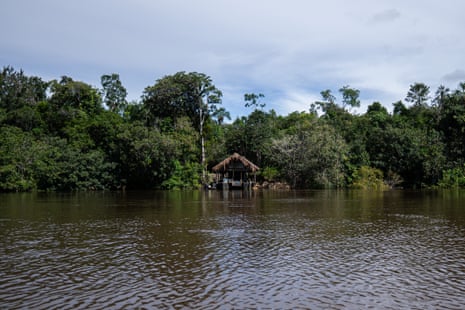
The problem is growing in the Amazon Basin: the Guiana Shield, one of Earth’s oldest continental fragments, dating back more than 1.7bn years, harbours rich deposits of critical minerals, including tin, tungsten, tantalum and rare earth elements.
Near the Orinoco River, on the Colombian side, men from the Indigenous Curripaco and Piaroa communities are keen to show the blackish-blue stones and gravel they keep in a bag. “You can see the difference in the nuggets between tin and coltan,” says one of the men, who have agreed to meet on condition their identities remain hidden.
For years, he says, he concealed his work in the Venezuelan Orinoco region, moving minerals by canoe across the river at night to find buyers in Colombia. When global markets for critical minerals boomed, everything changed.
Mines near his community in Venezuela’s Bolívar state were seized in 2023 when hundreds of insurgents from the National Liberation Army (ELN), Colombia’s largest active guerrilla group, arrived, accompanied by Chinese buyers. “Months later, they brought in helicopters. They were taking the materials away,” he recalls.
When the guerrillas took control, Indigenous leaders were co-opted, threatened or bought off. Those who refused to work under the ELN could only continue their work secretly at night in hidden mining points.
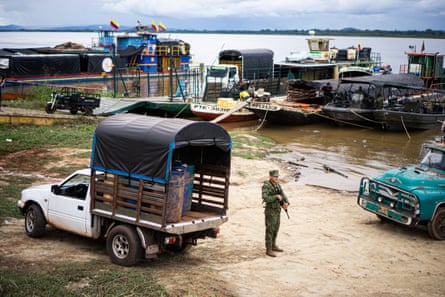
“They have lots of armed people and control everything,” says a young Venezuelan Indigenous member of the ELN. “Now most of the Indigenous people are there, [working] with them.”
In Amazonas and north-western Bolívar state, where most critical mineral mines are located, the ELN’s José Daniel Pérez Carrero Front and the Farc dissident group Acacio Medina Front of Segunda Marquetalia, listed in the US as terrorist organisations, divide the territory and mines while sharing drug trafficking routes.
The rapid deforestation accompanying some mining operations alarms even local miners. “They tore everything down and made an airport. It’s horrible,” one miner says. “In two or three years, the entire river will be contaminated because many high-calibre machines have already come in.”

Guerrilla groups also allegedly control sex work in mining areas. “The guerrillas are the ones selling women for gold,” says another source. Others describe executions and improvised jungle prisons used by armed groups to punish those breaking their rules.
Critical minerals first gained geopolitical significance in the Amazon Basin in 2009, when the then president, Hugo Chávez, announced that Venezuela possessed a “great reserve” of coltan – also known as “blue gold”. Chávez deployed 15,000 National Guard troops near the Colombian border, alleging that those minerals, “strategic for making long-range rockets”, had caused “countless wars in Africa”.
Amid a regulatory vacuum, traders and clandestine miners rushed to the region in the early 2010s, chasing what they saw as a new gold rush. It wasn’t until 2016, three years after Chávez’s death, that his successor, Nicolás Maduro, signed the Orinoco mining arc decree, designating 43,243 sq miles (112,000 sq km) for mining development, including areas designated for coltan extraction.
However, the expected foreign investment never came through. Instead of mining corporations, armed groups seized control of southern Venezuela’s mining districts, fundamentally transforming the industry.

The circumstances were different in Brazil, as the country carried out geological surveys of its subsoil throughout the 1970s military dictatorship. Today, to safeguard the world’s largest niobium reserves and the second-largest deposits of rare earth elements, the president, Luiz Inácio Lula da Silva, has embraced a “national sovereignty” strategy, maintaining government oversight while supporting international partnerships.
“If it’s critical, I keep it for myself,” Lula has said. Recent deals with the UAE and talks with the Trump administration indicate Brazil remains open for business.
On the Colombian side of the border, six hours from Puerto Inírida in the Guainía department, a small Puinave Indigenous village of about 750 people is situated along the riverbank. Three makeshift dredging barges with thatched roofs and mineral processing equipment lie moored in front of the wooden houses.

“Gold mining is the only means for us to get sustenance for our families,” says Luis Camelo, the village captain, speaking after an evening evangelical service. However, there is growing concern over the depleting deposits. “Gold production is no longer what it used to be,” Camelo notes.
He carefully untwists the lid on a plastic jar, revealing glittery blackish sand. “It is an unknown material at the moment, but we’re going to send it for examination to see if it’s valuable,” he says.
Lab tests of Camelos’s samples, as well as others gathered from both sides of the border, indicate that the uncharted jungle deposits contain high concentrations of coltan and cassiterite (tin ore), as well as rare earth elements.
There won’t be any shortage of takers for the minerals. Dozens of interviews with miners, traffickers, mineral traders and law enforcement agencies reveal that critical minerals from the Amazon can be traced to exporters in Colombian and Venezuelan Caribbean port cities. Much of it is destined for China.

China’s export restrictions on critical rare earth elements, imposed in April as retaliation for US tariffs, have intensified global competition for alternative supply sources. As western countries seek to diversify from Chinese dominance, Chinese buyers are increasingly accessing materials from regions with weak regulatory oversight, including the Colombian-Venezuelan border area.
For Quintero, transition metals in the Amazon basin have become a strategic issue. “Rare earths,” he says, “are influencing conflicts at an international level, from commercial matters to geopolitics.”
Additional reporting by María de los Ángeles Ramírez
-
This article is published in partnership with Amazon Underworld. The entire series can be read here

.png) 3 hours ago
4
3 hours ago
4
